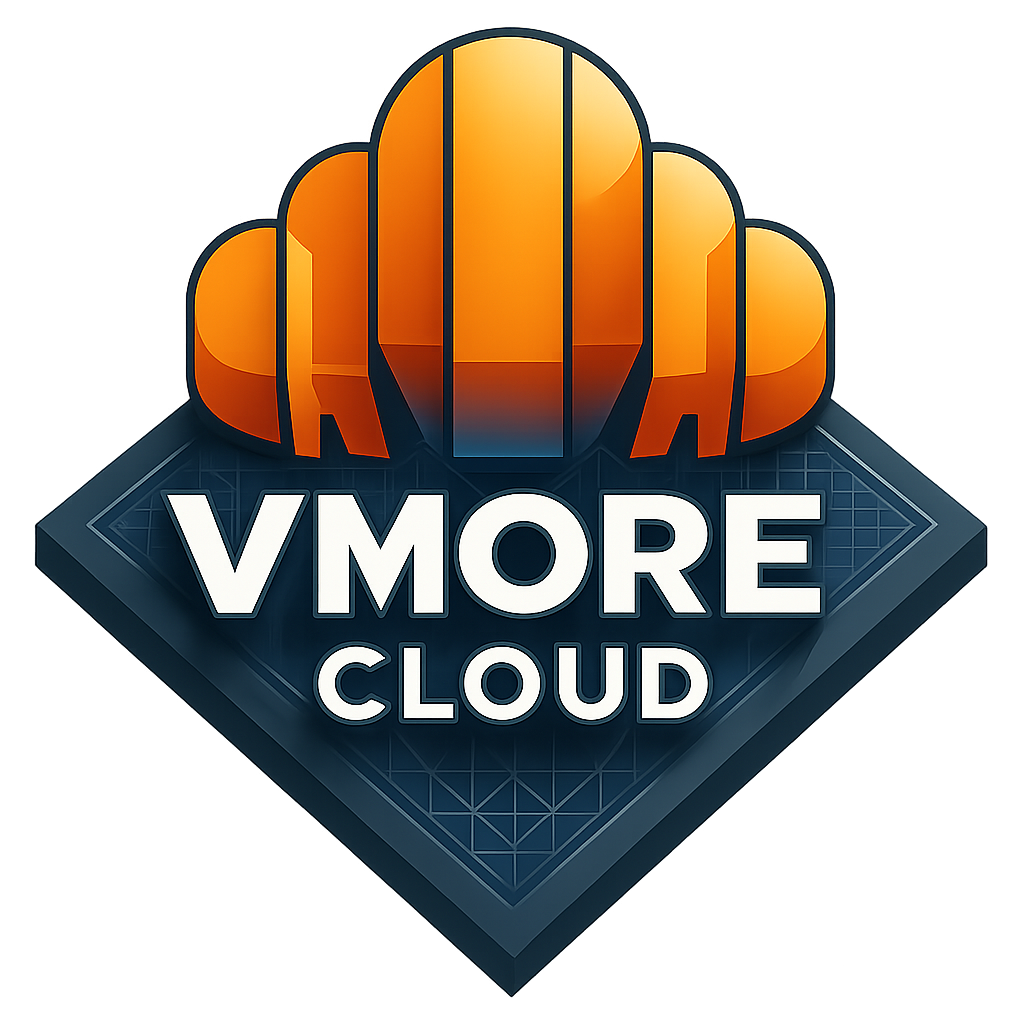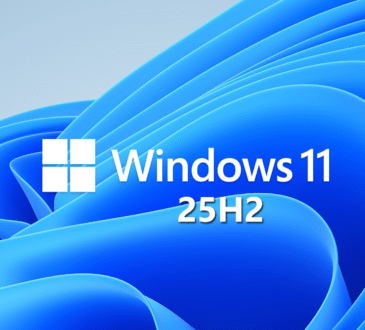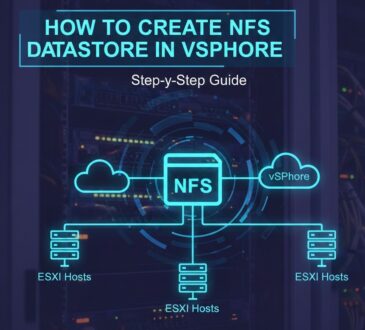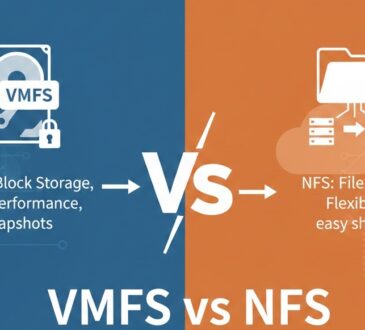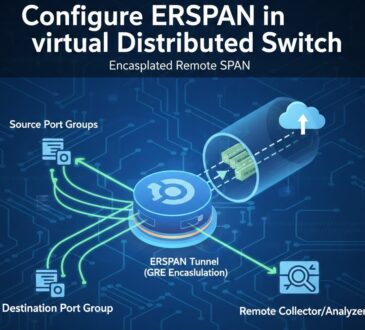Hypervisors, also known as Virtual Machine Monitors (VMMs), allow multiple operating systems to run on a single hardware platform, maximizing hardware utilization and enabling isolated virtual environments. Hypervisors fall into two categories—Type 1 and Type 2—each serving different use cases, with distinct performance characteristics, benefits, and costs. Understanding these differences can help IT professionals and businesses select the best hypervisor for their needs.
What is a Hypervisor?
A hypervisor enables virtualization, a technology that allows multiple virtual machines (VMs) to run on a single physical machine, sharing its resources such as CPU, memory, and storage. Hypervisors create an abstraction layer over the hardware that allows the separation of physical resources from virtual environments, giving each VM an independent, isolated system environment.
Type 1 Hypervisors (Bare-Metal Hypervisors)
Type 1 hypervisors, or bare-metal hypervisors, run directly on the hardware without an underlying operating system. These hypervisors are installed directly onto the server hardware, which enables high performance and efficient resource management.
Benefits of Type 1 Hypervisors
High Performance: With no OS overhead, Type 1 hypervisors directly manage hardware resources, resulting in faster performance.
Security: Running directly on hardware makes Type 1 hypervisors more secure than Type 2 hypervisors, as they have fewer layers that could potentially be exploited.
Resource Optimization: Type 1 hypervisors efficiently allocate resources, making them ideal for heavy workloads and large-scale environments.
Scalability: Suitable for enterprise environments, they can scale up with minimal downtime.
When to Use Type 1 Hypervisors
Type 1 hypervisors are optimal for enterprise-level data centers, production environments, and scenarios requiring high performance, scalability, and strong security. Organizations hosting multiple applications, running complex data analyses, or providing virtualization-based services benefit from Type 1 hypervisors.
Leading Type 1 Hypervisors
VMware ESXi: Known for advanced features like vMotion and vSphere, ESXi is widely used in enterprise data centers.
Microsoft Hyper-V: Integrated with Windows Server, Hyper-V is commonly used in Windows-centric environments.
Citrix Hypervisor (formerly XenServer): A strong option in virtualization for desktop and application delivery.
KVM (Kernel-based Virtual Machine): Integrated into Linux, KVM is an open-source choice often used in cloud environments.
Type 2 Hypervisors (Hosted Hypervisors)
Type 2 hypervisors, also known as hosted hypervisors, run on top of an existing operating system (OS). They rely on the host OS to manage hardware resources and interact with the underlying hardware indirectly.
Benefits of Type 2 Hypervisors
- Ease of Use: Type 2 hypervisors are generally easier to install and configure since they run on top of a standard OS.
- Flexibility: Users can install Type 2 hypervisors on laptops or desktops for testing, development, and personal use without dedicated server hardware.
- Cost-Effective: Ideal for low-cost or free environments, as Type 2 hypervisors typically don’t require specialized hardware.
When to Use Type 2 Hypervisors
Type 2 hypervisors are suited for personal use, testing, development, and non-critical applications. They’re a practical choice for users who need virtualization capabilities on standard desktop or laptop hardware without high performance and scalability requirements.
Leading Type 2 Hypervisors
VMware Workstation/Fusion: Known for reliability and cross-platform compatibility (Fusion is specific to macOS).
Oracle VM VirtualBox: A free, open-source solution suitable for cross-platform use.
Parallels Desktop: Often used for macOS to run Windows, popular among developers and testers needing a multi-OS environment.
Key Differences Between Type 1 and Type 2 Hypervisors
| Aspect | Type 1 Hypervisor | Type 2 Hypervisor |
|---|
| Installation | Directly on hardware | On top of a host operating system |
| Performance | High due to direct hardware access | Moderate, with host OS overhead |
| Security | More secure, minimal layers | Less secure, reliant on host OS |
| Use Cases | Enterprise, production environments | Testing, development, personal use |
| Resource Usage | Optimized resource allocation | Shares resources with host OS |
| Scalability | Highly scalable | Limited scalability |
Pricing Comparison
Pricing varies significantly between Type 1 and Type 2 hypervisors, largely depending on features, support, and scalability.
Type 1 Hypervisor Pricing
- VMware ESXi: Licensing options for vSphere start with Essentials kits for small environments and scale up to enterprise-level licenses with more features. Prices can range from a few hundred to thousands of dollars per CPU.
- Microsoft Hyper-V: Often included with Windows Server licenses, making it cost-effective for Windows environments.
- Citrix Hypervisor: Citrix offers a free version with basic features, with premium licenses for enterprise features.
- KVM: Open-source and free, but may require investment in support or development resources for large-scale deployments.
Type 2 Hypervisor Pricing
- VMware Workstation/Fusion: Typically costs around $100-$200 per license.
- Oracle VM VirtualBox: Free and open-source, with no license fees.
- Parallels Desktop: Costs around $80 per year for a standard license, popular for macOS users.
When to Choose Type 1 vs. Type 2 Hypervisors
Use Type 1 Hypervisors for:
- Enterprise environments with high workloads and critical applications
- Scenarios requiring advanced resource management, scalability, and security
- Data centers or production environments requiring high uptime and performance
Use Type 2 Hypervisors for:
- Testing and development in non-production environments
- Personal or small-scale virtualization needs
- Scenarios where portability and ease of setup on a local machine are key priorities
Conclusion
Understanding the fundamental differences between Type 1 and Type 2 hypervisors helps in choosing the right solution based on performance, scalability, and budget. While Type 1 hypervisors are best suited for enterprise-level applications requiring high performance and resource optimization, Type 2 hypervisors excel in development and personal environments where flexibility and ease of use are key.
